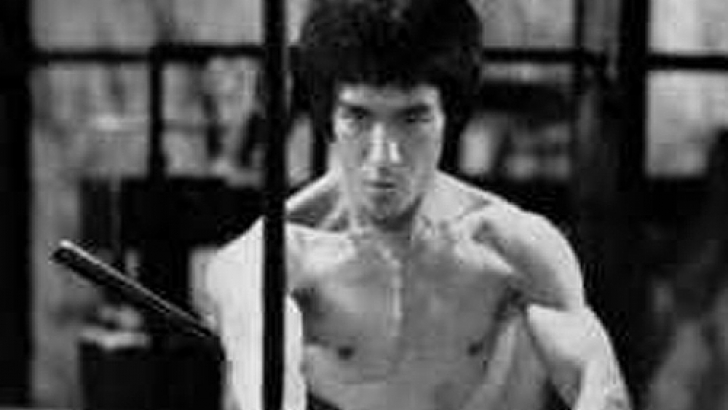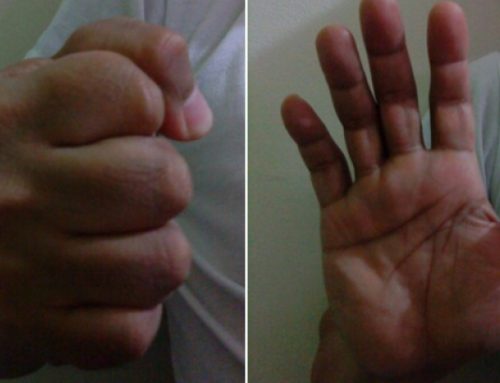The term attributes within the context of martial arts training refer to the desired qualities of a fighter. Attributes are the foundations that make techniques work. Without the necessary attributes, a martial artist won’t be able to make a technique function.
To prove this point, let’s take boxing jab as an example. A jab is a simple technique and nearly everyone can mimic its movement; you just throw the lead fist straight out until the arm is almost fully extended. But can everyone make it work in a real boxing match? No. Without speed, timing and accuracy a jab won’t land on its target. Without power, it won’t be able to cause damage.
It’s not the number of techniques that a fighter knows that makes him dangerous but the level of development of his combat attributes. This is what Bruce Lee meant when he said, “I fear not the man who has practiced 10,000 kicks once, but I fear the man who has practiced one kick 10,000 times.
There are lots of drills in the Filipino martial arts (FMA) and problems occur when a practitioner interprets a drill as an actual fighting technique rather than a mere tool to hone certain attributes.
When you watch FMA knife drills and compare them to video clips of actual knife attacks, the distinction is immediately evident. A person who interprets the movements of the drill as actual fighting techniques may see them as totally worthless because the majority of those moves did not occur in a real fight anyway.
But to a practitioner who understands attributes development, doing those drills were not actually a waste of time.
Let’s examine how knife drills particularly those done with live blades develop combative attributes. The first and foremost benefit of this training method is that it makes the practitioner comfortable with the blade.
Most people don’t realize that there’s a world of difference between practicing with wooden trainers and practicing with real blades.
I have proven this long-time ago to a fellow martial artist who’s proficient in doing disarms against a wooden dagger. The next time we practiced, I handed him a real knife.
He readily admitted that the coldness of the steel gave him the shivers. He said that he’s now wondering if his disarms would work against the real thing.
The foremost benefit of practicing with a real blade is mental not physical. Men “who’ve been there” would attest that surviving a knife attack is 90 percent mental and just 10 percent physical.
If you’re so used to the flash of the blade in front of you, chances are you would experience less shock when an opponent pull out a knife on you in a real fight.
Besides the aforementioned mental benefit, FMA drills are also meant to hone physical attributes like power, speed, kinesthetic sensitivity and coordination.
I would say that misinterpretation happens because we don’t know what we don’t know or in the words of Marc “Animal” MacYoung, “The problem with a lot of stuff – especially that is supposed to be historic ‘warrior arts’ – is we don’t know what has been lost or taken out. But like the car without an engine, if you don’t know what’s needed to make it work, you’ll believe it when you’re told ‘it will work.”
If attributes is superior to techniques, does that mean that a practitioner should limit his practice to a small number of techniques? I believe that is not the case.
Exploration is important to any kind of research and development. Investigate and compare materials even those from other martial arts. Yes, Bruce Lee said that it should be a “daily decrease not a daily increase,” but the reduction of the number of your techniques must happen naturally and not forcibly.
Learn as much as you can and see what work for you. Regardless of the teacher or the style, a material would only be useful to a martial artist if it fits his set of attributes and in the end; it is the individual who must decide.
Dan Inosanto offers the following words of wisdom to those who are obsessed with the accumulation of techniques, “I’ll use this analogy: it’s like interior decorating; you can only put furniture into your house if it fits.
You can only extract knowledge from another system if it fits your mode. Understanding how your body works is the key. If you can adopt a particular wrinkle into your system, fine.”
A practitioner who understands the connection between attributes and techniques is an enlightened practitioner. He knows the concepts and principles that make his art works.
An enlightened practitioner would make a great teacher because instead of teaching his students techniques after techniques, he would empower them to create their own techniques. “Give a man a fish and you feed him for a day. Teach a man to fish and you feed him for a lifetime.”





















